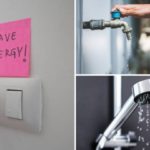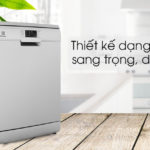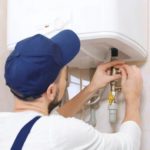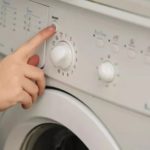In the bathroom
– Place a bucket under running water while you wait for it to warm up. You can use this water to scrub the toilet, flush the toilet, or water plants.
– Turn on the water faucet slowly to avoid wasting water. For example, a regular showerhead usually uses 5 liters of water per minute, but when you turn on the faucet slowly, it only uses 2.5 liters of water per minute (or less).
– Take shorter showers.
In the bathtub
– Limit the use of the bathtub. A regular bathtub uses around 35 – 50 liters of water, while a 10-minute shower with a showerhead only uses 25 liters.
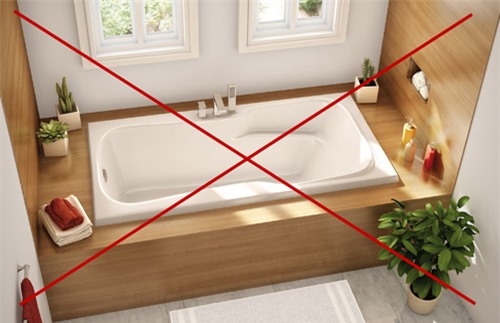
At the sink
– Turn off the water faucet while brushing your teeth.
– Repair any leaking faucets. A single leak can waste more than 20 liters of water per day.
In the toilet
– Use a low-flush toilet. Typically, a regular toilet uses 5-7 liters of water per flush, but a water-saving toilet only uses 1.6 liters. If you can’t replace your toilet, you can place a filled plastic bottle in the water tank to reduce the amount of water used per flush.
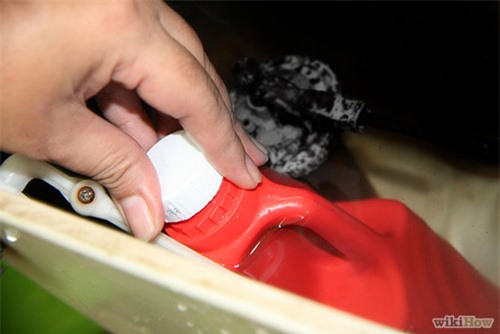
– To check for leaks in the toilet, drop a dye tablet or food coloring into the water tank. If the color appears in the toilet bowl when you haven’t flushed, then there is definitely a leak somewhere causing water waste.
– Dispose of paper waste in the trash can.
Indoors and outdoors
– Make sure there are no water leaks in your home. On a day when no one is home, record the water meter reading and wait for about two hours. If the water meter reading has changed, it indicates that there is a leak in your home. A single dripping faucet can waste up to 15 liters of water per day, or 5,500 liters of water per year.
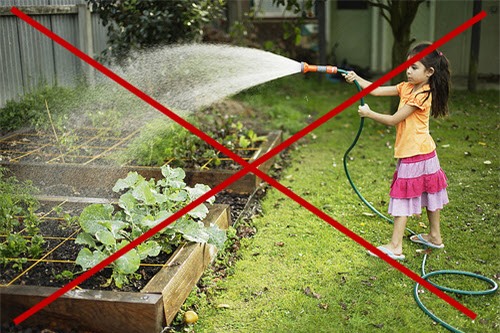
– Reuse water from washing vegetables, rinsing rice, mopping the floor, etc. to water plants.
– Water plants using a watering can instead of a hose. A hose can use up to 1,000 liters of water per hour.
Source: Khám phá
Electrolux Dishwasher: Streamline Your Dishwashing Experience
In today’s market, there are numerous dishwasher brands, but one of the most reputable and long-standing ones is Electrolux. With a strong presence and a history of trust, Electrolux stands out from the competition. When it comes to dishwashers, Electrolux is a brand you can rely on for quality and performance.
Economical Washer Boasts Advanced Water and Time-Saving Button Feature
While most people use their washing machines regularly, not many are aware of a tiny button that can save water and reduce operation time.

